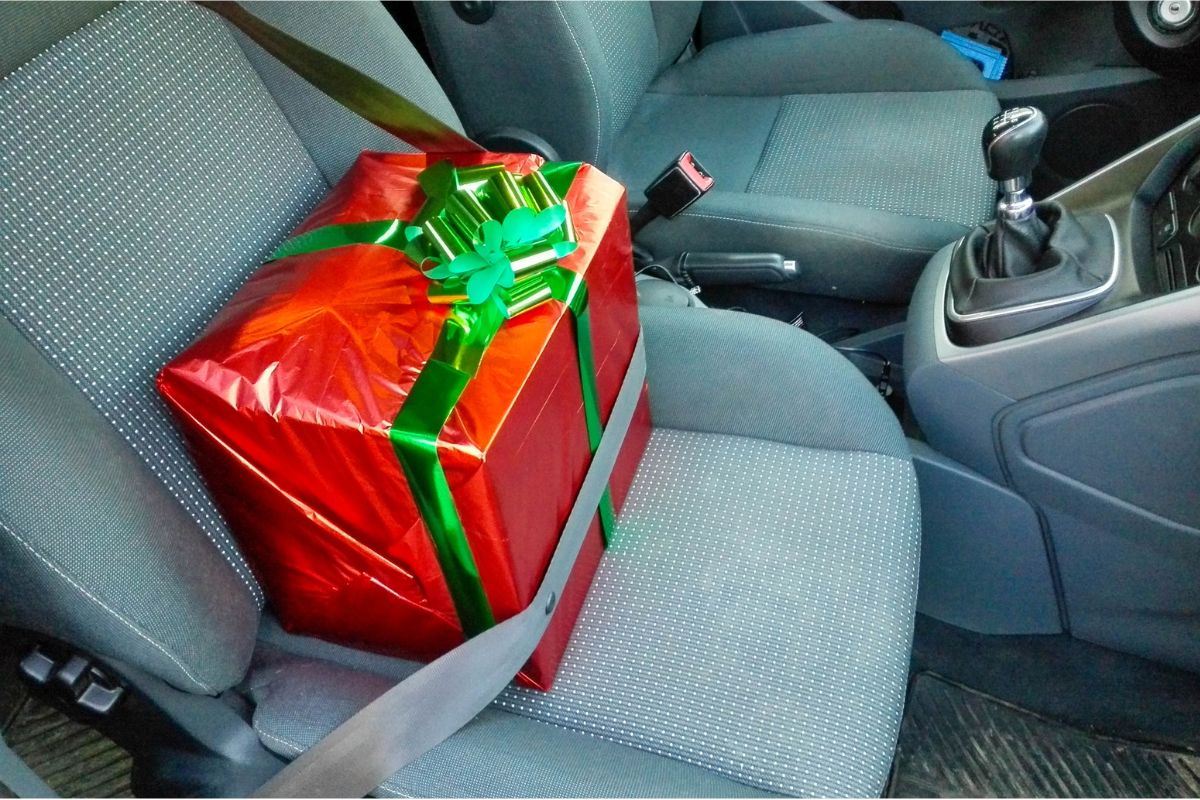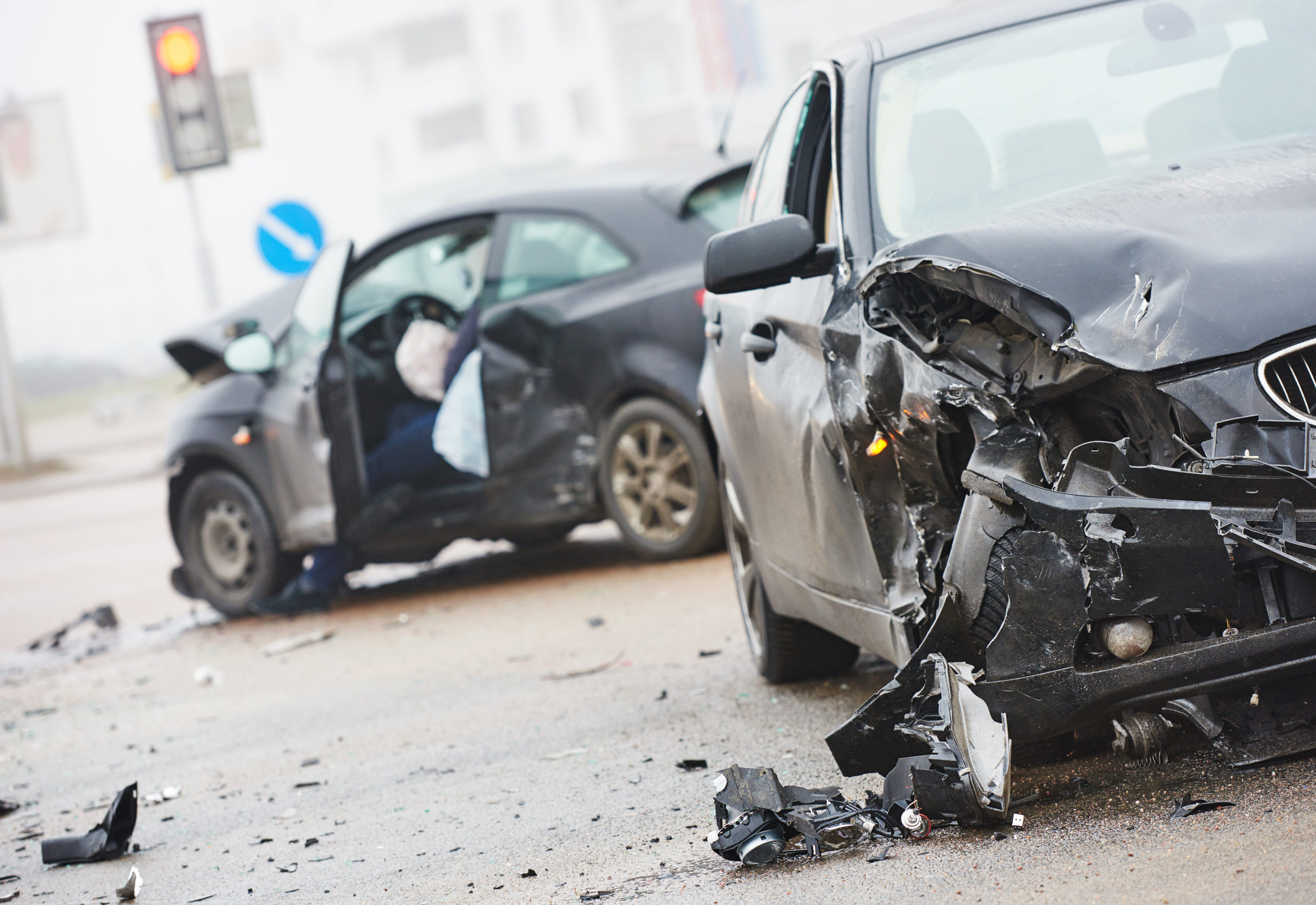It's a sobering statistic: In the United States, teens drive far less than the oldest adults; however, their number of crashes and fatalities is disproportionately high. In 2023, about 3,048 teenagers aged 13-19 died in motor vehicle crashes. Crash risk is unusually high during a teen’s first year of driving. Based on National Household Travel Survey data, teenagers face a much greater danger behind the wheel: drivers ages 16–19 are involved in fatal crashes at nearly three times the rate of drivers 20 and older, with the highest risk concentrated among 16- and 17-year-olds.
Obtaining a driver's license in Texas looks a lot different for Gen Z than it did for millennials. In the 1990s, many states introduced Graduated Driver Licensing (GDL) systems and sober driving requirements. These reforms were designed to give young drivers more time to build skills under lower-risk conditions and to reinforce zero-tolerance policies for underage drinking and driving.
Graduated Driver Licensing Programs (GDL)
Driving is a complex skill, one that must be practiced to be learned well. The combination of minimal driving experience and risk-taking behavior puts teenagers at a heightened risk for crashes. The need for skill-building and driving supervision for new drivers is the basis for graduated driver licensing programs, which exist in all US states. GDL provides longer practice periods, limits driving under high-risk conditions for newly licensed drivers, and requires greater participation of parents in their teens’ learning to drive. The risk is highest when teens are in the first 12 to 24 months of licensure. The implementation of GDL programs has saved approximately 14,820 lives nationally since 1991. It is proven to reduce the number of motor vehicle crashes involving teenage drivers.
What GDL Does / Core Features
GDL programs typically include:
- A learner-permit stage: supervised driving only, with a minimum age requirement.
- An intermediate or provisional stage: limited unsupervised driving but with restrictions (nighttime driving, passenger limits, etc.).
- Full license stage: unrestricted driving after the intermediate restrictions lapse.
Key restrictions/components often found in stronger GDL systems are:
- Minimum learner permit age (often ~16 years)
- A waiting period on the learner permit (often several months)
- Required number of supervised driving hours
- Minimum age for intermediate or provisional license
- Night time driving curfews or restrictions
- Passenger restrictions (often limiting or banning teen/peer passengers early on)
- Parental involvement / certification
Who Is Most At Risk?
As noted above, the risk of motor vehicle crashes is higher among 16-19-year-olds than among any other age group.
Among teen drivers, those at exceptionally high risk for motor vehicle crashes and fatalities are:
- Males: Male drivers ages 16-19 have a crash death rate about three times higher than female drivers of the same age group. In 2022, the rate of drivers involved in fatal crashes per 100,000 licensed drivers was 58.73 for young male drivers (ages ~15-20), compared to 22.74 for young female drivers.
- Teens driving with teen passengers: The presence of teen passengers increases the crash risk of unsupervised teen drivers. This risk increases with the number of teen passengers. Over half of teen passenger deaths occur in crashes involving teen drivers.
What Factors Put Teen Drivers At Risk?
Although young drivers made up only about 5.1% of licensed drivers, they accounted for nearly 9% of drivers in fatal crashes. Teens are more likely than older drivers to underestimate dangerous situations or not recognize hazardous conditions. Teens are also more likely than adults to make critical decision errors that lead to serious crashes.
Risky behaviors also continue to play a role: in 2023, 53% of teen drivers killed were not wearing seat belts, and roughly 30% of young drivers killed had alcohol in their system, with about 26% at or above the legal limit of 0.08 BAC. These numbers underscore how inexperience, risk-taking, and impaired or unrestrained driving continue to make teens—especially young males—one of the most vulnerable groups on the road.
How Can Teen Driver Injury And Death Be Prevented?
There are a few proven methods to help teens become safer drivers.
- Seat Belts: Of the teens (ages 16-19) who died in passenger vehicle crashes in 2015, approximately 47% were not wearing a seat belt at the time of the crash. Research shows that seat belts reduce serious crash-related injuries and deaths by about half.
- Stay Sober: Enforcing minimum legal drinking age laws and zero blood-alcohol tolerance laws for drivers under age 21 are recommended.
GDL Risk Reduction
| Component | Associated Risk Reduction / Benefit |
|---|---|
| Learner permit period 9-12 months | ~20-21% lower fatal crash rate for 16-17 year-olds versus no waiting period. (IIHS) |
| Nighttime driving restrictions (curfews) | Substantial impact; earlier nights (e.g. 10 p.m. or earlier) show larger reductions in fatal crashes. (IIHS) |
| Passenger restrictions (especially peer/teen passengers) | Limits help reduce crashes; even a one-passenger limit is beneficial. (IIHS) |
| Strong supervised practice requirements | More practice under supervision helps teens gain experience before facing high-risk conditions. (CDC) |
| Combining multiple strong provisions (i.e. many of the above together) | States that adopt multiple strong GDL components (learner period, supervised hours, passenger & night restrictions, age minimums) tend to see larger overall reductions in teen crashes. (NAMIC) |
Eight Danger Zones
Make sure your teenage driver is aware of the leading causes of teen crashes:
- Driver inexperience
- Driving with teen passengers
- Nighttime driving
- Not using seat belts
- Distracted driving
- Drowsy driving
- Reckless driving
- Impaired driving
Consider A Safe Driving Agreement
Before a teen driver is handed the keys to the car, it's a good idea to lay out some basic rules—and the consequences for breaking those rules. Studies found that teens who had a formal agreement with their parents on acceptable behaviors while driving were less likely to engage in risky behavior.
Click here to download a copy of The Carlson Law Firm's Safe Driving Contract For Teenagers
How The Carlson Law Firm Can Help
If you or your teen has been injured in an auto accident, our team of experienced personal injury attorneys is here to help. Don't let the stresses of dealing with difficult insurances companies limit your payout. If you've been injured, you deserve proper compensation. Contact any one of our 13 offices today for a free consultation. We care, we can help.




